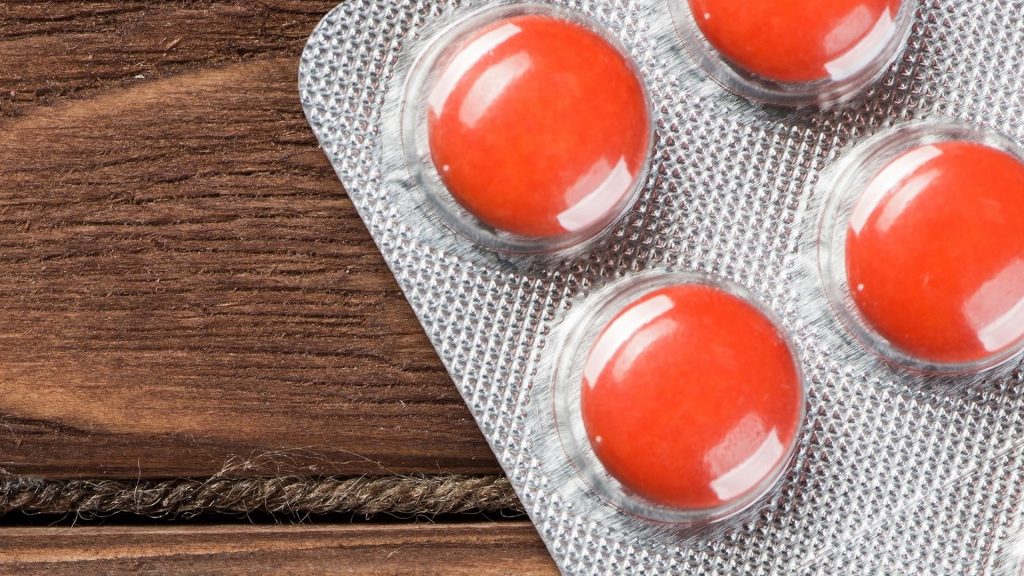Counterfeit products are infiltrating our market in frankly terrifying numbers. It is estimated that the global counterfeit industry is worth about half a trillion dollars per year and growing by the day. Regular readers know that counterfeit products come in all varieties, but those who haven’t been following the issue might think counterfeit products are just things like handbags and clothing. In fact, virtually everything in your life has a fake version, and it’s not always easy to tell when you’re not handling the genuine article.
24/7 Wall St. did an excellent study of what products are most likely to be counterfeited in the United States. Today we’ll be talking about the biggest offenders.
Footwear
In 2016, US customs agents apprehended almost 4,000 shipments of fake shoes, about 20% more than in 2015. In just one of these seizures, there were thousands of pairs of designer shoes, worth over $4 million. In total, over $51 million worth of fake shoes were taken in by US Customs in just one year.
While fake shoes might not sound like a big deal to some, we’ve discussed in the past how counterfeit goods are harmful, regardless of what they are. Whether it’s work boots or designer pumps, we need our shoes to be dependable. Counterfeit goods are made with lower quality materials and wear out faster, forcing us to spend more money on new shoes. Additionally, finding out that our good are fake, regardless of what they are, hurts our confidence in the system, and we may start ordering cheaper goods online than buying them in a store, ironically increasing the risk of getting a counterfeit item.
Consumer Electronics (not computer)
Not including computers, consumer electronics accounted for almost $123 million from US customs seizures alone. We’ve talked about the dangers of counterfeit electronics in the past, and cannot overstate just how damaging having them in circulation is. One thing that we haven’t talked about is how the recent rash of cell phones exploding is likely due to faulty parts made in counterfeit factories, which can even affect items manufactured by brand named companies. Just having electronics around that could overheat or ignite due to malfunctioning parts is scary enough, but most us carry a phone with us at all times, which could cause painful burns and scarring.
Clothing and Accessories
This is a relatively broad category and has a value to match. In 2016, almost $111 million worth of fake goods were confiscated by the US customs office, accounting for 20% of the total seizures that year. In just one raid, customs agents from the US, as well as teams from China and Mexico, caught over 260,000 sports-related items, with an estimated $20 million in value. This was all in anticipation of Super Bowl 50, just one event.
Like we said with shoes, clothing needs to last, and counterfeit clothing just doesn’t. The more we lose our clothing to rips and tears, the more we have to spend on new clothes. This adds up, and for many people it’s an unnecessary expense, driving them to shop online and inadvertently buy more fake clothes.
Of course, there are many other products which are likely to be counterfeited. 24/7 Wall St.’s list also included medicine, movies, watches, and jewelry. While customs offices around the world are doing great jobs of seizing some of these products, many are still getting through ports everywhere. At IDLogiq, we’re working on new blockchain powered solutions to making the supply chains more transparent, so that customers around the world don’t have to worry about whether their items are genuine or fake.


